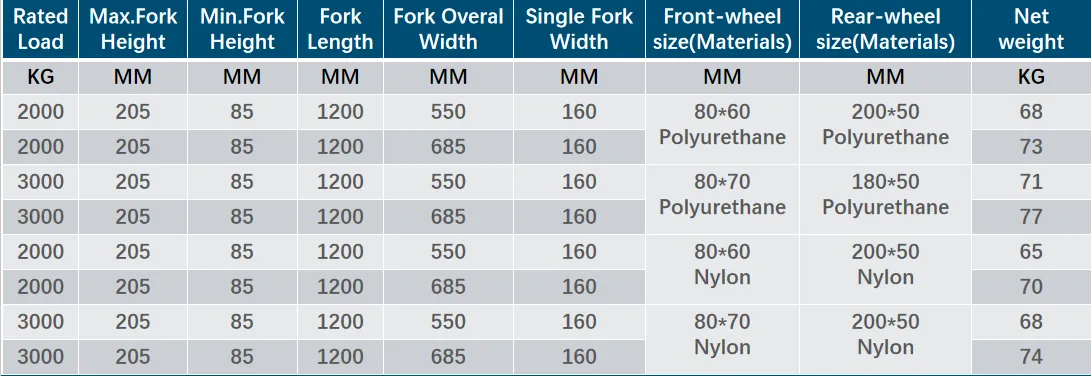Creating High-Precision Vertical Gantry Systems for Advanced Manufacturing Applications
Understanding Vertical Gantries An Insight into Modern Infrastructure
In the ever-evolving landscape of construction and urban design, vertical gantries stand out as a critical component that enhances the efficiency, safety, and effectiveness of various projects. Serving as robust frameworks that support various operations, vertical gantries are increasingly integrated into both large-scale and niche applications across multiple industries.
What is a Vertical Gantry?
A vertical gantry is a structure that consists of a framework spanning across an area, designed to support equipment, tools, or materials. It is characterized by its vertical uprights, which provide stability and strength. These gantries can be constructed from various materials, including steel and aluminum, depending on the requirements of the project. The design of a vertical gantry allows for the safe and efficient movement of loads, making it an indispensable part of construction sites, manufacturing plants, and even logistical operations.
Applications of Vertical Gantries
The versatility of vertical gantries makes them suitable for a wide array of applications
1. Construction Sites In construction, vertical gantries are often utilized for lifting and moving heavy materials to elevated areas. They streamline the construction process by allowing cranes and other machinery to operate with precision, ultimately resulting in reduced labor costs and enhanced safety.
2. Manufacturing In industrial settings, vertical gantries facilitate the movement of components within the production line. They can be equipped with hoists and other lifting devices, enabling efficient handling of heavy machinery and tools.
3. Transportation and Logistics Vertical gantries play a crucial role in warehouses and distribution centers, where they support conveyor systems and automated shelving configurations. This enhanced organizational structure allows for improved inventory management and quicker order fulfillment.
vertical gantry

4. Aerospace and Automotive In highly specialized sectors like aerospace and automotive manufacturing, vertical gantries assist in the assembly and maintenance of large components. Their ability to adapt to various heights and payload capacities makes them invaluable for complex operations.
Advantages of Vertical Gantries
The adoption of vertical gantries in various sectors comes with a host of benefits that contribute to project success
- Efficiency Vertical gantries enable the quick and safe movement of materials, reducing the timeline for project completion. By allowing for simultaneous operations and minimizing downtime, they significantly enhance productivity.
- Safety The structural integrity of vertical gantries ensures reduced risk of accidents. By providing a stable platform for lifting, they lower the chances of material spills or equipment malfunctions, thereby promoting a safer working environment.
- Space Optimization Vertical gantries can be designed to occupy minimal ground space while maximizing vertical lift, making them an ideal solution for urban environments with limited space for construction.
- Customization Vertical gantries can be tailored to meet specific project requirements. Whether it’s adjusting the height, width, or load capacity, the flexibility in design allows for unique applications that suit various operational needs.
Conclusion
As industries continue to innovate and grow, the importance of vertical gantries cannot be overstated. From construction to logistics, these structures provide an essential backbone that supports and enhances the efficiency of operations. Their ability to adapt to diverse applications, combined with the safety and organizational benefits they offer, solidifies their place as a pivotal element in modern infrastructure. As we move further into the future, advancements in materials and design will likely lead to even more refined and effective vertical gantry solutions, continuing to enhance productivity and safety across multiple sectors.
-
Unlock Seamless Relocation with Our Heavy Equipment Moving ExpertiseNewsJun.06,2025
-
Unleash Unrivaled Flexibility with Our Adjustable Gantry CraneNewsJun.06,2025
-
Unleash Heavy-Duty Efficiency with Our Industrial Gantry Crane SolutionsNewsJun.06,2025
-
Revolutionize Steel Handling with Our Magnetic Lifter RangeNewsJun.06,2025
-
Master Equipment Mobility with Premium Machinery Mover SolutionsNewsJun.06,2025
-
Elevate Your Material Handling with Magnetic Lifter TechnologyNewsJun.06,2025
-
YS Permanent Lifting Magnets: The Smarter Way to Handle SteelNewsMay.22,2025
